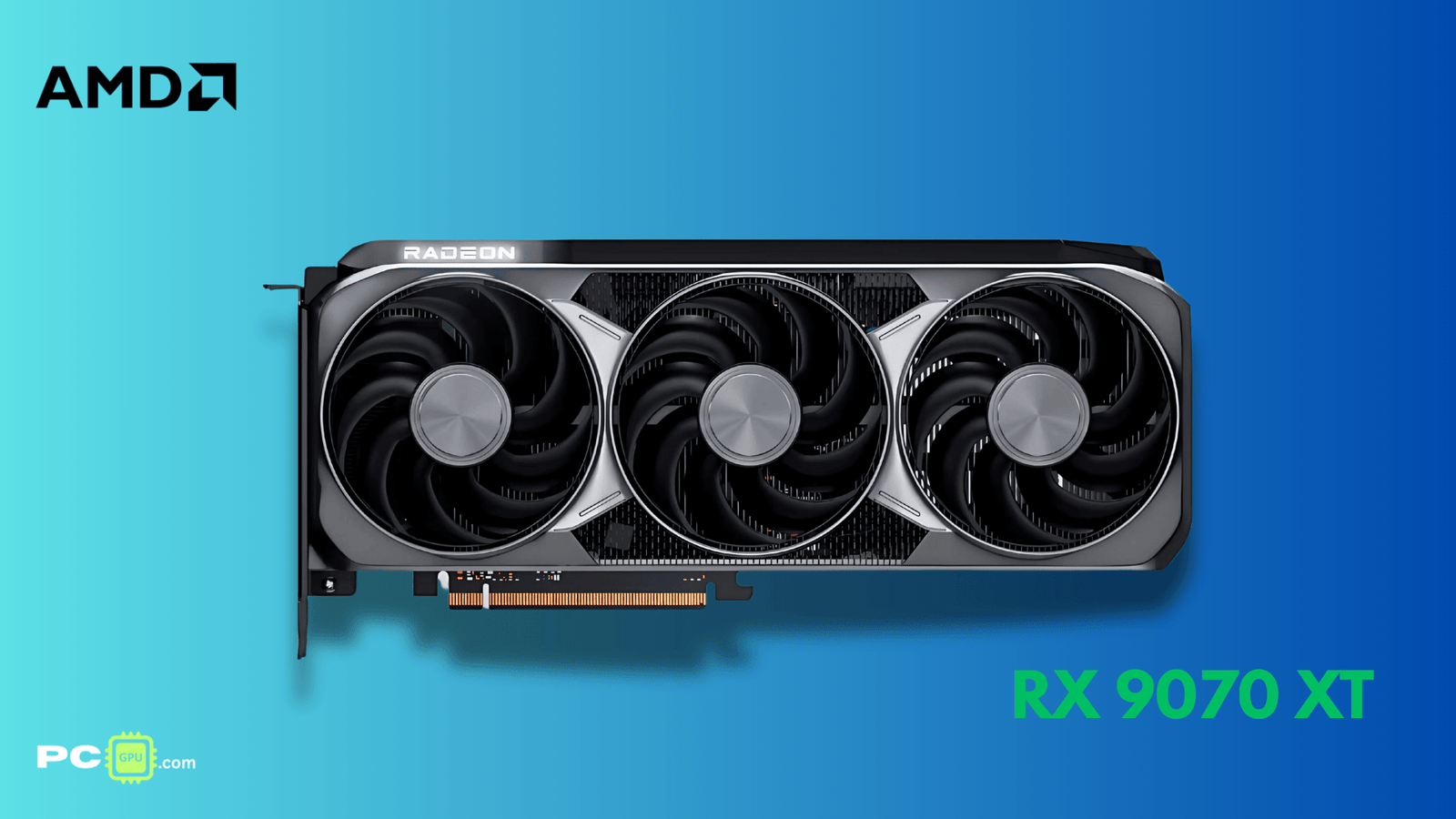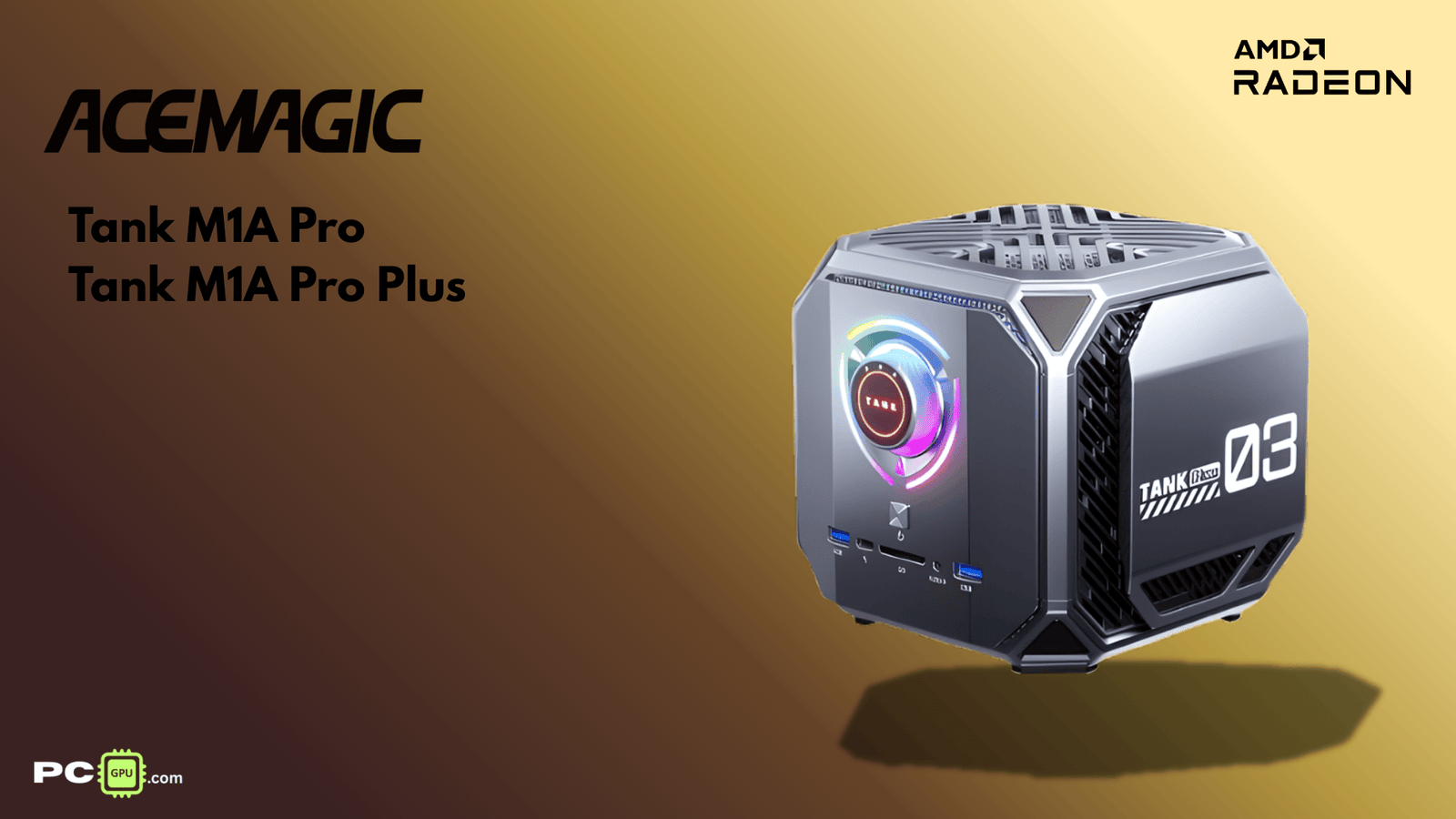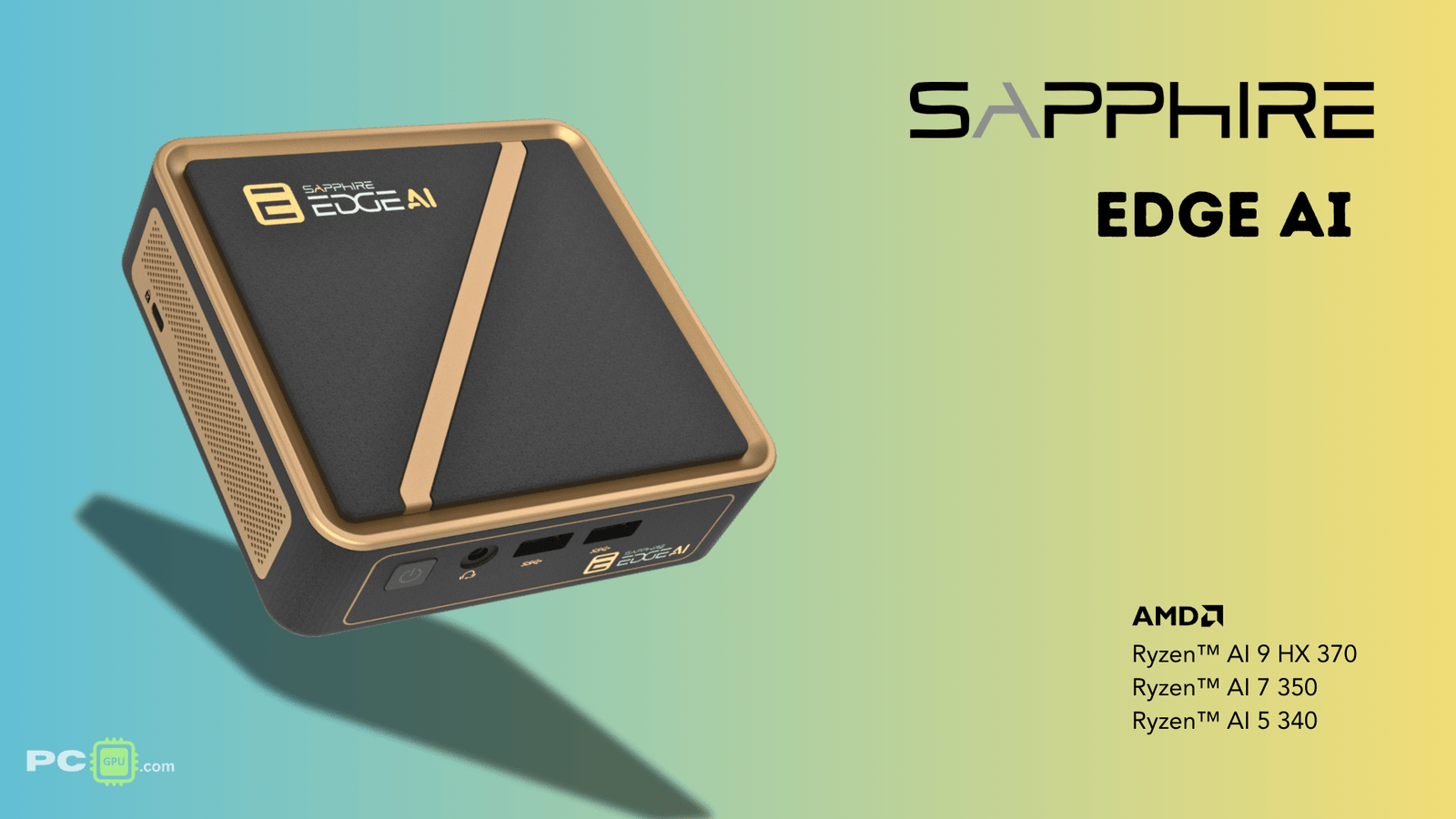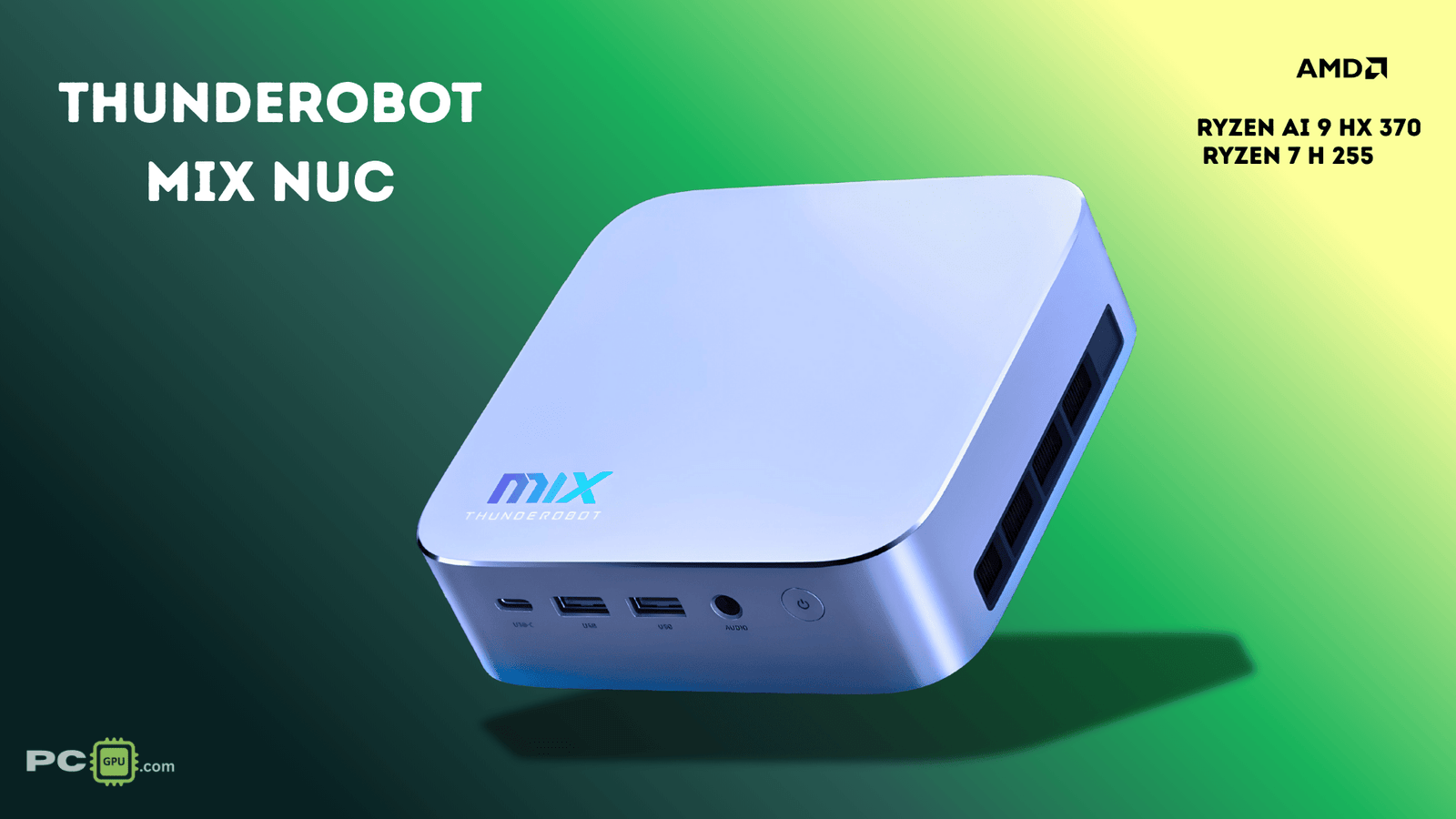The graphics card market has entered an exciting new phase with the arrival of AMD’s latest powerhouse GPU, the Radeon RX 9070 XT. Launched on March 6, 2025, the RX 9070 XT is part of AMD’s new Radeon 9000 series, which marks the debut of the cutting-edge RDNA 4 architecture. Built on TSMC’s advanced 4nm process, this graphics card is engineered to offer top-tier gaming performance, enhanced ray tracing, and intelligent AI acceleration while maintaining a competitive price point.
In this article, we will explore every aspect of the AMD Radeon RX 9070 XT, including its detailed specifications, gaming benchmarks, new architecture, AI features, ray tracing improvements, performance vs. price value, and how it stacks up against NVIDIA’s popular RTX 4070 Ti Super and upcoming RTX 5070 and 5070 Ti GPUs.
Table of Contents

RDNA 4 Architecture: Efficiency Meets Performance :
The RX 9070 XT is the first high-performance GPU from AMD built on the RDNA 4 architecture. RDNA 4 brings significant advancements over RDNA 3, including better performance per watt, enhanced AI acceleration, more efficient compute units, and a redesigned graphics pipeline for better throughput.
Key architectural highlights:
- TSMC 4nm Process Node: Offers improved power efficiency and transistor density.
- 3rd Generation Ray Accelerators: For better ray tracing performance and reduced latency.
- 2nd Generation AI Accelerators: Power features like FSR 4.0 and improve rendering efficiency.
- Enhanced Compute Units: More streamlined and efficient compute workloads.
AMD Radeon RX 9070 XT: Full Specifications:
| Specification | Radeon RX 9070 XT |
|---|---|
| Architecture | RDNA 4 |
| Process | TSMC 4nm |
| GPU Name | Navi 48 |
| GPU Cores | 4096 Stream Processors |
| Ray Accelerators/RT Cores | 64 (3rd Gen) |
| AI Accelerators/Tensor Cores | 128 (2nd Gen) |
| Base Clock | 1660 MHz |
| Game Clock | 2400 MHz |
| Boost Clock | 2970 MHz |
| Memory | 16GB GDDR6 |
| Memory Clock | 2518 MHz (20.1 Gbps effective) |
| Memory Bus | 256-bit |
| Memory Bandwidth | 644.6 GB/s |
| Infinity Cache L3 | 64MB |
| PCIe Interface | PCIe 5.0 |
| TBP (TDP) | 304W |
| AV1 Encode/Decode | Yes |
These specifications position the RX 9070 XT as a strong 1440p and 4K gaming GPU, with a focus on high-fidelity visuals, smooth frame rates, and AI-enhanced gaming.
Gaming Benchmarks: 4K and 1440p Performance:
Early benchmarks show that the Radeon RX 9070 XT delivers up to 20% better performance than the RX 7900 XT and competes directly with the NVIDIA RTX 4070 Ti Super in many modern titles.
Average FPS @ Ultra Settings:
| Game Title | 1440p | 4K |
| Cyberpunk 2077 | 114 | 69 |
| Call of Duty: MW3 | 142 | 93 |
| Forza Motorsport | 161 | 102 |
| Starfield | 97 | 63 |
| Hogwarts Legacy | 124 | 73 |
With these numbers, the RX 9070 XT proves it’s built for premium gaming experiences.
Also Read: AMD Radeon RX 9070 GRE: A Game-Changer for 1440p Gaming on a Budget
Ray Tracing and FSR 4.0: Enhanced Visual Fidelity:
AMD has significantly improved ray tracing capabilities with its 3rd generation ray accelerators. Compared to RDNA 3, the RX 9070 XT delivers up to 50% faster ray tracing performance, closing the gap with NVIDIA’s RTX series.
FSR 4.0 (FidelityFX Super Resolution) introduces smarter upscaling, better frame interpolation, and AI-enhanced visuals—making demanding games playable at higher resolutions with minimal visual compromise.
Key Ray Tracing & FSR Enhancements:
- Real-time global illumination
- Dynamic reflections & shadows
- Intelligent frame generation
- Wide game support across AAA titles
FSR 4.0: AMD’s Answer to DLSS 3 :
FidelityFX Super Resolution (FSR) 4.0 is AMD’s latest frame generation and upscaling solution. Combined with the RX 9070 XT’s AI hardware, it delivers:
- Better image quality than FSR 3
- Up to 2.2x performance boost in supported games
- Wider support (unlike NVIDIA DLSS, FSR works on most GPUs)
For gamers who value open standards and platform freedom, FSR 4.0 is a standout
AI Acceleration and Content Creation :
Beyond gaming, the RX 9070 XT caters to streamers, video editors, and 3D artists. Its 128 AI accelerators significantly reduce render times, assist in AI video effects, and improve live streaming quality.
Content creation advantages:
- Faster AV1 hardware encoding
- Accelerated Adobe Premiere & DaVinci Resolve tasks
- AI noise reduction and frame prediction for OBS
- Accelerated Adobe Premiere Pro rendering
- Faster AI-generated effects in DaVinci Resolve
- Real-time noise suppression and video enhancement
- Stable Diffusion image generation up to 20% faster than RX 7900 XT
Plus, AMD’s open ecosystem ensures broad compatibility with Linux-based AI workflows and Vulkan-based compute platforms.
Power Efficiency and Thermals :
Despite its powerful specs, AMD has kept the RX 9070 XT relatively efficient. With a TBP of 304W, it’s more power-efficient than previous-gen RDNA 3 cards, thanks to the 4nm process and architecture refinements.
Thermal design improvements include:
- Lower idle temps and quieter fan curves
- Enhanced heat dissipation with improved cooler designs
- Support for modern fan-stop and zero RPM modes
Power, Cooling, and Form Factor :
With a TDP of 304W, the RX 9070 XT is a high-performance GPU, but AMD has managed to keep thermals in check:
- Typical Board Power Draw: 285–290W under gaming loads
- Required PSU: 750W (recommended)
- Cooling Solutions: Available in triple-fan, vapor chamber, and AIO liquid-cooled designs
- Custom AIB Models: ASUS ROG STRIX, Sapphire NITRO+, Gigabyte Gaming OC, MSI Gaming Trio
Despite the power, the card runs cool and quiet thanks to AMD’s redesigned power delivery system and partner thermal solutions.
AMD Radeon RX 9070 XT vs NVIDIA RTX 4070 Ti Super vs RTX 5070/5070 Ti
| Specification | AMD Radeon RX 9070 XT | NVIDIA RTX 4070 Ti Super | NVIDIA RTX 5070 | NVIDIA RTX 5070 Ti |
|---|---|---|---|---|
| Architecture | RDNA™ 4 | Ada Lovelace | Blackwell | Blackwell |
| Launch Date | March 6, 2025 | January 2024 | March 5, 2025 | Feb 20, 2025 |
| Manufacturing Process | 4nm (TSMC) | 4N (TSMC) | 3nm (TSMC) | 3nm (TSMC) |
| GPU Cores (Shaders/CUDA) | 4096 Stream Processors | 8448 CUDA Cores | ~6144 CUDA | ~8960 CUDA |
| Ray Tracing Units | 64 Ray Accelerators | 66 RT Cores | ~94 RT Cores (Gen 4) | ~133 RT Cores (Gen 4) |
| AI / Tensor Cores | 128 AI Accelerators | 264 Tensor Cores | 5th Generation 988 AI TOPS | 5th Generation 1406 AI TOPS |
| Base Clock | 2040 MHz | 2340 MHz | ~2300 MHz | ~2295 MHz |
| Boost Clock | 2970 MHz | 2610 MHz | ~2510 MHz | ~2452 MHz |
| Memory | 16GB GDDR6 | 16GB GDDR6X | 12GB GDDR7 | 16GB GDDR7 |
| Memory Bus Width | 256-bit | 256-bit | 192-bit | 256-bit |
| Memory Bandwidth | ~576 GB/s | 672 GB/s | ~672 GB/s | ~896.0 GB/s |
| Infinity Cache / L2 Cache | 64MB Infinity Cache | 49MB L2 Cache | ~64MB L2 | ~48 MB L2 |
| Power Consumption (TDP) | 304W | 285W | 250W | 300W |
| PCIe Interface | PCIe 5.0 x16 | PCIe 4.0 x16 | PCIe 5.0 x16 | PCIe 5.0 x16 |
| Ray Tracing Performance | High (Better than RDNA 3) | High | Very High | Very High |
| AI Upscaling Support | FSR 4.0 | DLSS 3.5 | DLSS 4.0 | DLSS 4.0 |
| AV1 Encoding/Decoding | Yes | Yes | Yes | Yes |
| Target Resolution | 1440p Ultra / 4K High | 1440p Ultra / 4K Medium-High | 1440p Ultra / 4K High | 1440p Ultra / 4K High |
| MSRP (USD) | $599 | $799 | ~$549 | ~$749 |
The RX 9070 XT delivers excellent value for its $599 MSRP, especially when compared to the more expensive RTX 4070 Ti Super. With upcoming NVIDIA RTX 50-series GPUs, AMD still holds a strong ground in terms of performance-per-dollar and next-gen readiness.
Synthetic Benchmark Scores :
These standardized tests provide a reliable picture of raw GPU performance:
- 3DMark Time Spy (DX12): 30,447
- 3DMark Time Spy Extreme: 14,633
- 3DMark Speed Way (RT Performance): 6,303
- Unigine Superposition 4K Optimized: 10,770
These scores place the RX 9070 XT right between the RTX 4070 Ti Super and RTX 4080 Super — impressive considering the pricing advantage.
Ray Tracing: Getting Closer to the Competition
Ray tracing has traditionally been NVIDIA’s strong suit. With RDNA 4 and its 3rd-gen ray accelerators, AMD has significantly narrowed the gap
| Game | RX 9070 XT | RTX 4070 Ti Super |
|---|---|---|
| Cyberpunk 2077 | 66 FPS | 73 FPS |
| Metro Exodus EE | 76 FPS | 77 FPS |
| Resident Evil 4 Remake | 89 FPS | 84 FPS |
The RX 9070 XT doesn’t beat the RTX 4070 Ti Super in pure RT performance, but it offers 90-95% of the RT power at 70% of the price.
Pricing and Availability:
- MSRP: $599 USD
- India Expected Price: ₹49,999–₹54,999 (without tax )
- Availability:
- AMD Reference Model (available on AMD.com)
- AIB Partner Cards (ASUS, Sapphire, Gigabyte, MSI, ASRock)
- Online Retailers: Amazon, Newegg, MDComputers, Flipkart
You are currently getting this AMD Radeon RX 9070 XT graphics card in the Indian market for Rs 73,000/- after tax. Prices may vary based on model, cooling solution, and regional taxes.
Final Verdict: Is the RX 9070 XT Worth Buying in 2025?
Absolutely. The AMD Radeon RX 9070 XT is a powerful and well-rounded GPU that caters to both high-end gamers and content creators. With RDNA 4’s architectural improvements, better ray tracing, advanced AI features, and future-proof specs like PCIe 5.0 and AV1 support, it delivers incredible performance for its price.
Whether you’re upgrading from an RX 6000 or RTX 3000 series GPU, or building a new PC for 1440p/4K gaming, the RX 9070 XT is one of the smartest investments in 2025.
Pros:
- Outstanding 1440p and 4K performance
- Efficient and cooler thanks to 4nm process
- Advanced AI and ray tracing features
- FSR 4.0 support
- Reasonable $599 price
Cons:
- GDDR6 memory, not GDDR6X or GDDR7
- Slightly behind NVIDIA in ray tracing in some titles
Final Thoughts :
AMD’s Radeon RX 9070 XT is more than just a GPU—it’s a glimpse into the future of gaming and content creation. With next-gen features packed into a card priced for enthusiasts, AMD has once again delivered a product that challenges the status quo and pushes gaming performance to new heights.
If you’re planning to upgrade your graphics card in 2025, the RX 9070 XT should be at the top of your list.
Stay tuned for more GPU reviews, comparisons, and PC building tips only on PCGPU.com.



